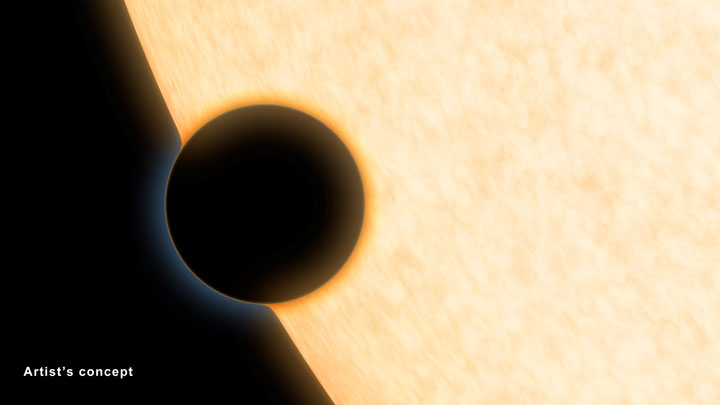TORONTO – It’s a clear day on the planet HAT-P-11b, though if you plan on visiting this exoplanet, be prepared for a bad hair day.

Astronomers using data from the Hubble, Spitzer and Kepler space telescopes have detected that this Neptune-sized planet has clear skies and steamy water vapour.
Until now nothing more was known about HAT-P-11b other than it was a gaseous planet.
READ MORE: Another Earth? Astronomers spot most Earth-like planet yet
What makes this discovery particularly interesting is that determining the composition of an atmosphere of a planet smaller than one similar to Jupiter is difficult.
“This discovery is a significant milepost on the road to eventually analyzing the atmospheric composition of smaller, rocky planets more like Earth,” said John Grunsfeld, assistant administrator of NASA’s Science Mission Directorate.
The planet orbits the star HAT-P-11, located about 120 light-years away in the constellation Cygnus. It is believed to be the only planet around the star.
READ MORE: Want to discover a planet? You can do that and more with citizen science
Though it may be similar in size to Neptune, its orbit takes it well within the orbit of our Neptune, where it circles its star about once every five days.
Astronomers made the discovery by using a camera aboard Hubble to conduct spectroscopic analysis of the atmosphere as it crossed the star. Spectroscopy analyses the energy that radiates from something (it also studies visible light as it is dispersed according to its wavelength. Think of shining a light through a prism). Water vapour was detected by this method. They later used Kepler and Spitzer to confirm the finding, which also indicated that the planet didn’t have any clouds.
The team will continue to investigate to determine what other molecules — aside from water vapour and hydrogen — make up the planet.



Comments